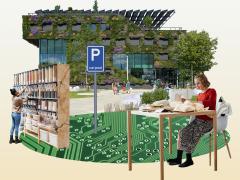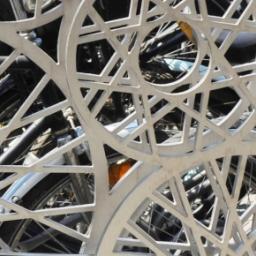Potential effects of circular economy policies in the EU and the Netherlands on developing countries
The circular economy can provide economic opportunities, contribute to a clean environment and make countries less dependent on domestic and imported scarce natural resources. A successful transition requires actions throughout the whole supply chain, but can thereby also affect developing countries that are connected through this supply chain. What are the potential effects of circular economy policies in the EU and the Netherlands on developing countries?
This question was addressed in a workshop with Dutch experts in the fields of circular economy and development cooperation. The main outcomes have been captured in the Dutch Government-wide programme for a Circular Economy.
Positive and negative effects
Pursuing a circular economy in the EU and the Netherlands can have both positive and negative social, economic and environmental effects on developing countries. Both the direction and magnitude of potential effects are highly context-specific. The effects differ per product group and per step in the circular economy and depend on a product’s economic and ecological value.
System-wide approach and scenario analysis
Assessment of the potential effects requires a system-wide approach, including the entire supply chain and all stakeholders. Furthermore, scenario analysis is required to take future social, economic and environmental developments and their interlinkages into account.
Impact assessment and green growth policies
Ensuring policy coherence and policy synergies requires applying an impact assessment from the moment new policies are proposed. Furthermore, investing in green growth policies and legislation as well as enforcement in developing countries, such as those related to recycling, can help developing countries anticipate on potential negative effects.
Authors
Specifications
- Publication title
- Potential effects of circular economy policies in the EU and the Netherlands on developing countries
- Publication date
- 5 December 2016
- Publication type
- Publication
- Product number
- 2550




